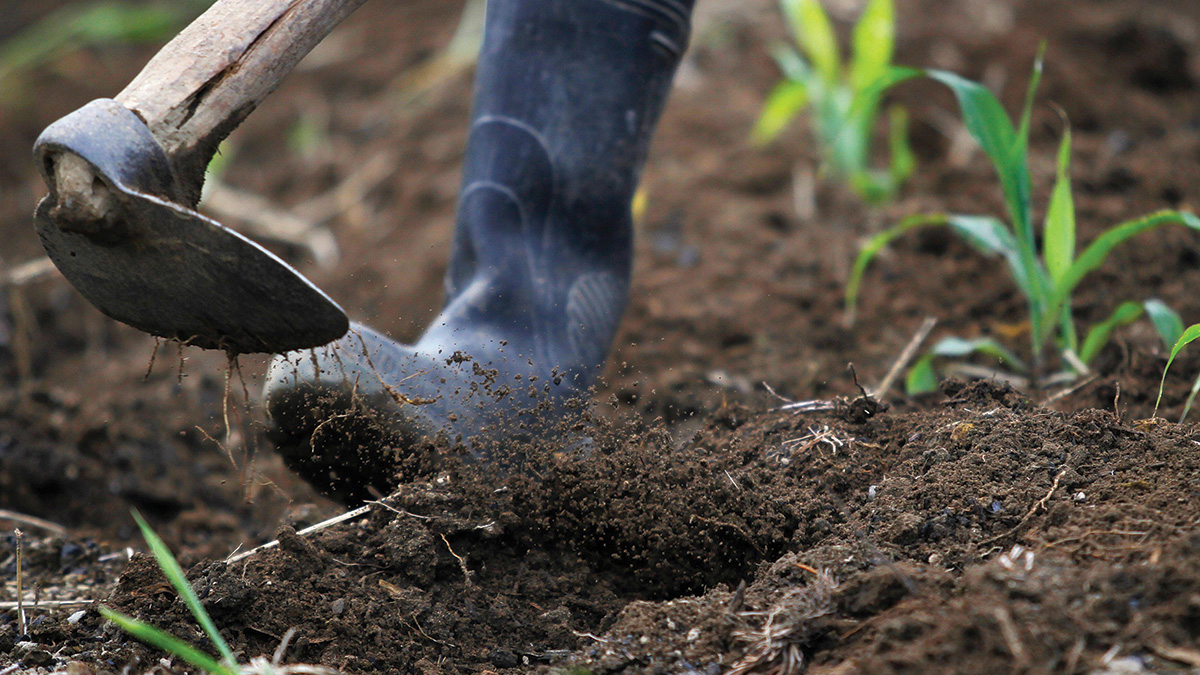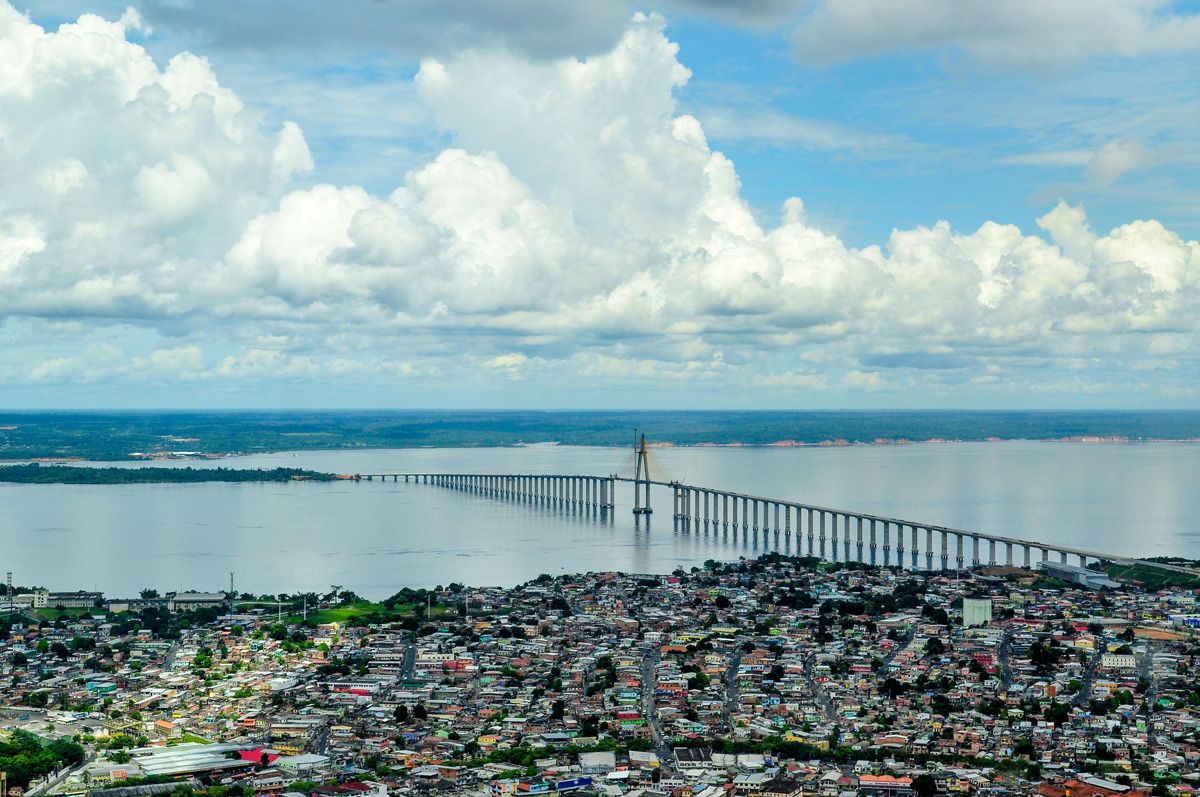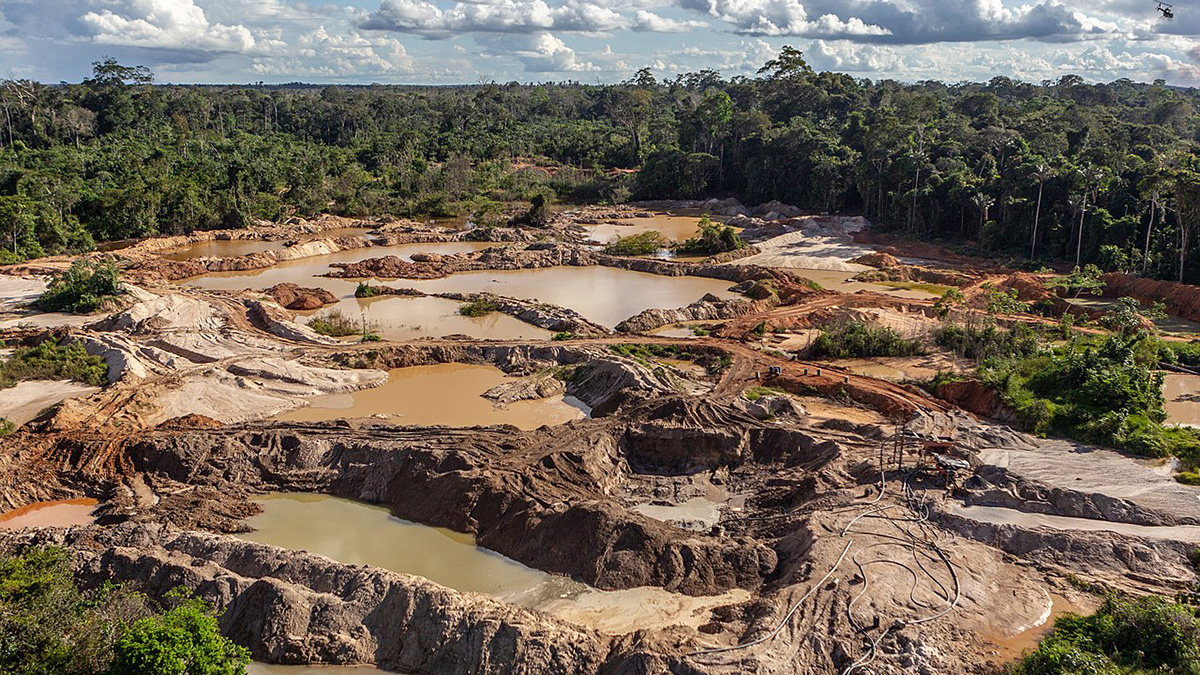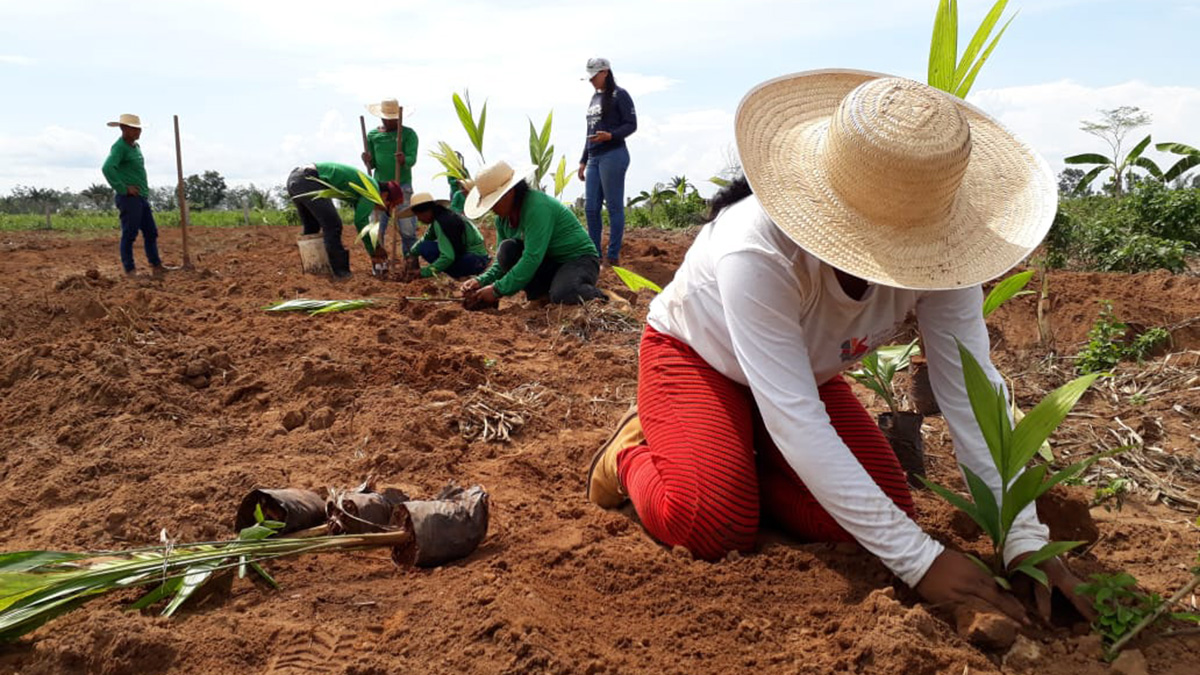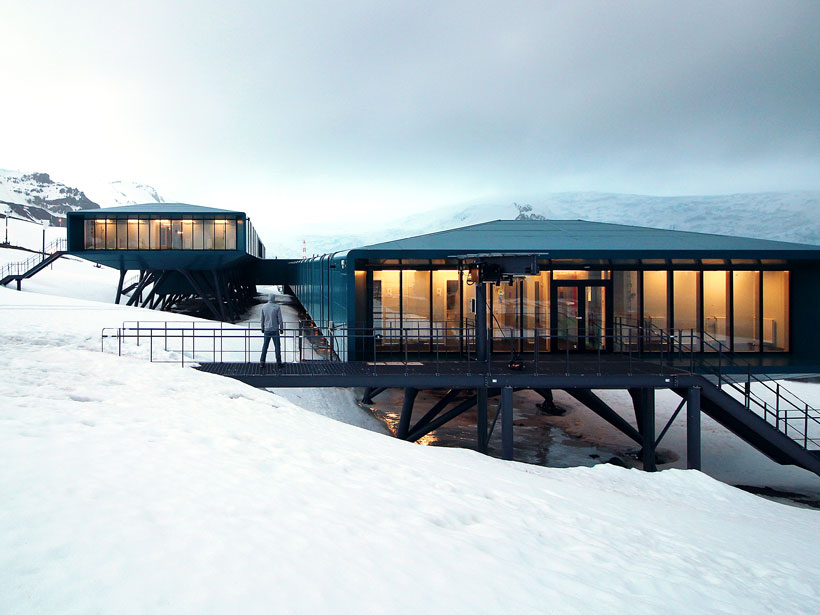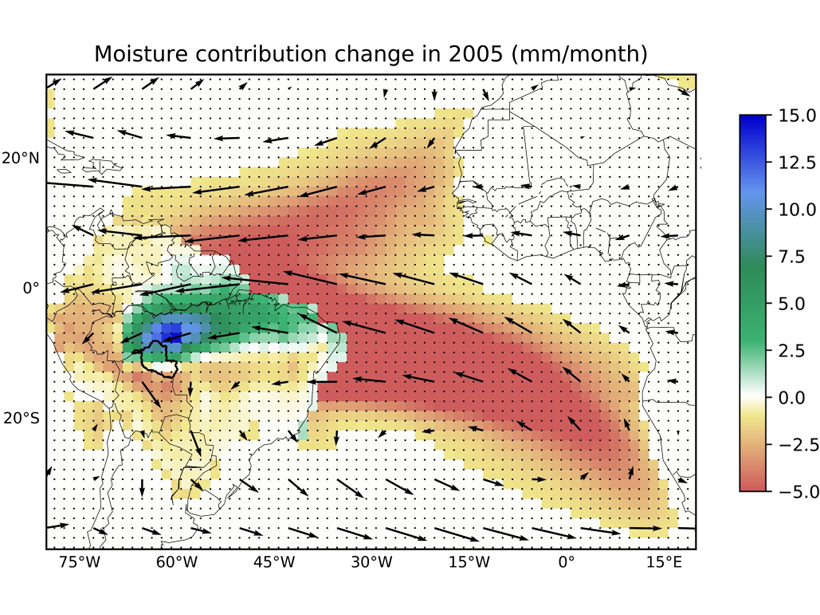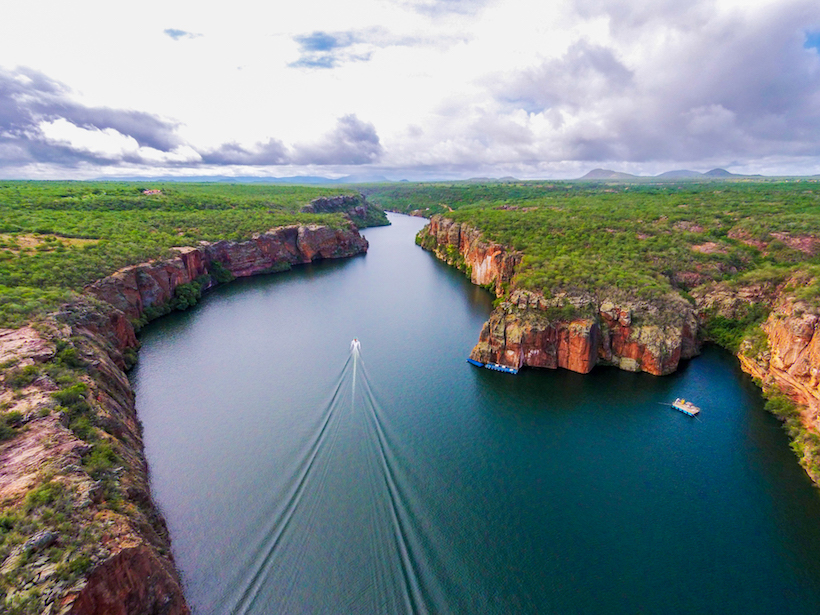Fertile terra preta soils were created through centuries of carefully managed land use. Scientists are taking cues from these soils to better sequester carbon and improve soil for agriculture.
Brazil
Pollution Is Disrupting Rain Cycles in the Amazon
A team of researchers in Brazil and the United States uncovered the importance of the mechanism of oxidation—a process with the potential to affect climate and precipitation across the tropics.
Mining Threatens Isolated Indigenous Peoples in the Amazon
A bill in the Brazilian congress could grant a wide expansion for mining on Indigenous lands. New research shows how this could radically affect isolated peoples.
Traditional Knowledge Is Essential to Sustainability in the Amazon
At COP26, the Science Panel for the Amazon is emphasizing the need for Indigenous and Local Knowledge to inform scientific and policy recommendations.
Brazil’s Antarctic Station Rises from the Ashes
The sophisticated new research station will allow for better science on the icy continent.
Upwind Forest Buffers Rondonia Cropland Against Regional Drought
During severe Amazonia droughts when oceanic supply of moisture failed, the magnitude of rainfall reduction over Rondonia was moderated by enhanced moisture supply from upwind forests.
Coastal Brazil Is Likely to Face More Heat Waves and Droughts
In 2014, São Paulo experienced its greatest water crisis ever, caused by an intense drought. New research indicates that it is likely to happen again and be even more severe.
Women Are Still Not Heard in the Climate Policy Conversation
A case study in Brazil points to a deep gender gap that still has to be bridged in the policymaking debate.
Urbanization, Agriculture, and Mining Threaten Brazilian Rivers
Harder to analyze and quantify, diffuse pollution is often overlooked when it comes to water quality assessments.
Communicating Science in Times of Pandemic
How can scientists use YouTube livestreams to help the public better understand scientific concepts?

